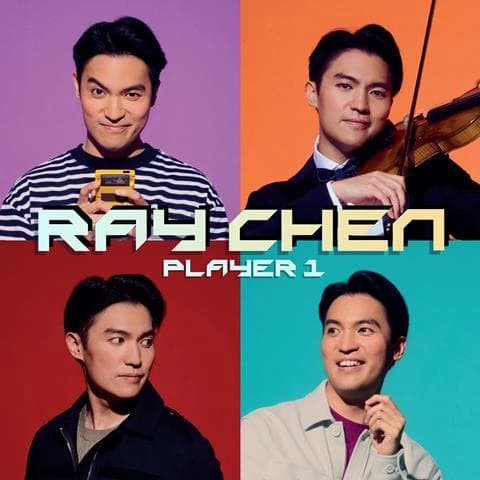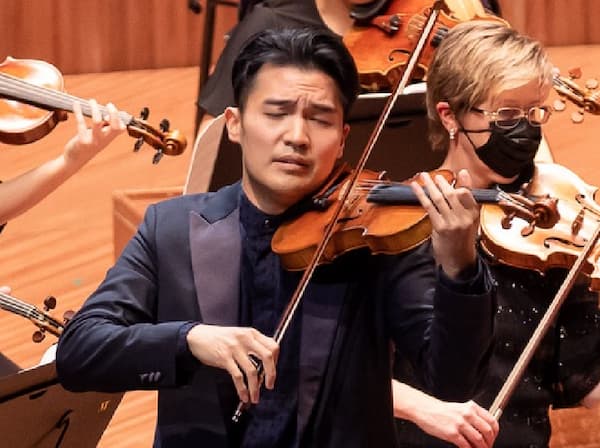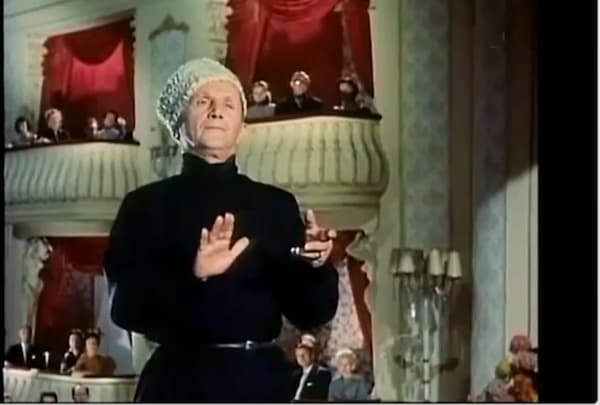Introduction: The Contemporary Context of Blurred Boundaries
Last year, Ray Chen’s street violin performance in London garnered over 3 million views on TikTok.
The image of him playing Korngold’s Serenade in a hoodie instead of formal attire, at a subway station rather than in a concert hall, delivered a fresh shock to many viewers.
This was not merely a performance but an embodiment of the fundamental question facing the classical music world: what balance should be struck between tradition and innovation, between elite culture and popular accessibility?
The 21st-century classical music world has maintained a continuous tension between audience expansion and tradition preservation. Ray Chen’s latest album Player 1 can be viewed as one response to this dilemma.
However, careful examination is needed to determine whether the approach presented by this album makes a meaningful contribution to classical performance practice or is merely a marketing strategy.
Ray Chen’s Sadness and Sorrow performance on YouTube:
Changes in Performance Practice: Technical Analysis

1. Transformation of Hermeneutical Approach
The most notable aspect of Chen’s Player 1 is the juxtaposition of game music with Korngold’s works.
This is not merely repertoire expansion but a hermeneutical experiment. Considering that Korngold was a pioneer of early 20th-century film music, connecting his works with contemporary game music forms an intriguing dialogue.
However, this approach has musicological limitations.
Korngold’s Violin Concerto (1945) is regarded as one of the complete forms of late Romantic style, and when reinterpreting this in the context of contemporary game music, there is a risk of diluting the work’s inherent musical logic (e.g., free modulation structure, deepened thematic development).
On the other hand, musicologist Philip Tagg points out that when music is placed in new auditory contexts, listeners’ interpretive methods fundamentally change (Tagg, 2013).
From this perspective, Chen’s configuration can be read as an attempt to intentionally form a new sensory language with new audiences.
2. Innovation and Limitations in Performance Technique
Chen’s “effortless virtuosity” revealed in his street performances shows interesting changes from a technical perspective.
The “Serenade” he performed was intentionally simplified in technical complexity for accessibility.
This contrasts with the traditional virtuoso repertoire of Paganini or Ernst.
From an acoustical perspective, the acoustic characteristics of street performance environments are fundamentally different from those of concert halls.
The absence of reverberation time, ambient noise, and physical distance from the audience make performers use different tonal palettes and dynamic ranges (Blesser & Salter, “Spaces Speak”, 2007). Chen’s experiment can be evaluated as a case that empirically explores the impact of such environmental variables on performance interpretation.
Educational Implications and Critical Review
Educational Philosophy of the Tonic Project

Chen performing at the Sydney Opera House in 2022 © Wikipedia
Chen’s Tonic project presents an alternative to the traditional masterclass model through its educational philosophy.
The approach of accepting failure as part of the learning process contrasts with the perfectionist educational philosophy of the Suzuki method or traditional Russian schools.
Educational psychologist Carol Dweck’s research reveals that a “growth mindset” has a positive impact on improving creativity and self-efficacy (Dweck, “Mindset”, 2006).
Chen’s approach aligns with this, making learners perceive performance in a process-centered rather than result-centered manner.
However, separate research and observation are needed to determine how suitable this approach is for the professional performer world, particularly regarding consistency and precision requirements in orchestras or chamber music.
Digital Platforms and Music Education
Chen’s TikTok optimization strategy raises important issues in contemporary music education. Can creating a “hook” within 35 seconds truly be compatible with musical depth?
Analysis of his videos reveals that most begin with powerful openings or climactic sections to capture immediate viewer attention. However, according to cognitive musicology research, structurally complex music is understood more deeply through repeated listening and long-term memory activation (Margulis, On Repeat 2013). Fragmented consumption can negatively impact musical immersion and structural recognition abilities. Therefore, Chen’s strategy lowers initial entry barriers but does not guarantee long-term musical maturity.
The Dialectic of Commerciality and Artistry
Penetration of Market Logic
The four-color branding strategy of Player 1 reflects the reality that contemporary musicians face.
The multiple identity of performer, content creator, and entrepreneur is no longer an exceptional phenomenon.
However, when this identity directly intervenes in interpretation, issues of autonomy arise.
According to Pierre Bourdieu’s cultural capital theory, the balance between commercial strategy and artistic choice often maintains tension in an unbalanced state (Bourdieu, Distinction 1984).
The Dilemma of Accessibility versus Depth
The collaborative approach between Chen and Tenzil presents a new model for contemporary classical music creation. “Co-creative synergy” redefines the traditional composer-performer relationship.
However, the core of classical music lies not merely in collaboration but in maintaining historical continuity and formal completeness. Taruskin states that “classical is not just something old, but something constantly interpreted and remembered” (Taruskin, Oxford History of Western Music, 2005).
If that continuity is not maintained, music risks being consumed only as “current trends.”
Evaluation in Music-Historical Context
Chen’s attempt shares context with the experiments of the Kronos Quartet or Bang on a Can from the late 20th century.
However, unlike these ensembles, Chen attempts more direct public contact as a solo violinist.
Historically, innovation in violin performance has been achieved through Paganini‘s technique expansion, Ysaÿe‘s tonal experiments, and Menuhin‘s educational approach.
While time will tell what position Chen’s contribution will occupy within this lineage, it is clear that his approach is pioneering a new field of communication with the digital native generation.
Conclusion: The Meaning and Future Prospects of the Experiment
Ray Chen’s Player 1 can be evaluated as a serious response to the practical challenges facing the classical music world. Particularly, the search for communication methods with young audiences, active utilization of digital platforms, and attempts to innovate educational methodology can be viewed positively.
However, whether these experiments can create meaningful change without undermining the essential values of classical music remains an area requiring verification. Finding the balance point between accessibility and depth, innovation and tradition, personal expression and universal values will be a future challenge.
Whether Chen’s attempt can succeed depends on whether it can provide meaningful discourse to the entire classical music ecosystem beyond a simple marketing strategy.
Player 1 is noteworthy as a starting point that demonstrates this possibility. Most importantly, how these attempts will shape the future of classical music requires continuous attention and critical thinking from performers, educators, and audiences alike.
A blog post by Ray Chen on Tonic, where he shares insights into his approach to vibrato and musical memory:
https://www.jointonic.com/blog/mastering-vibrato-ray-chens-essential-tips
https://www.raychenviolin.com/#player1
YOON is a devoted follower of violinist Ray Chen and a passionate observer of his artistic journey.
Based in Guangzhou, China, she writes about the intersections of performance, pedagogy, and personal expression in contemporary classical music.
For more of the best in classical music, sign up for our E-Newsletter




